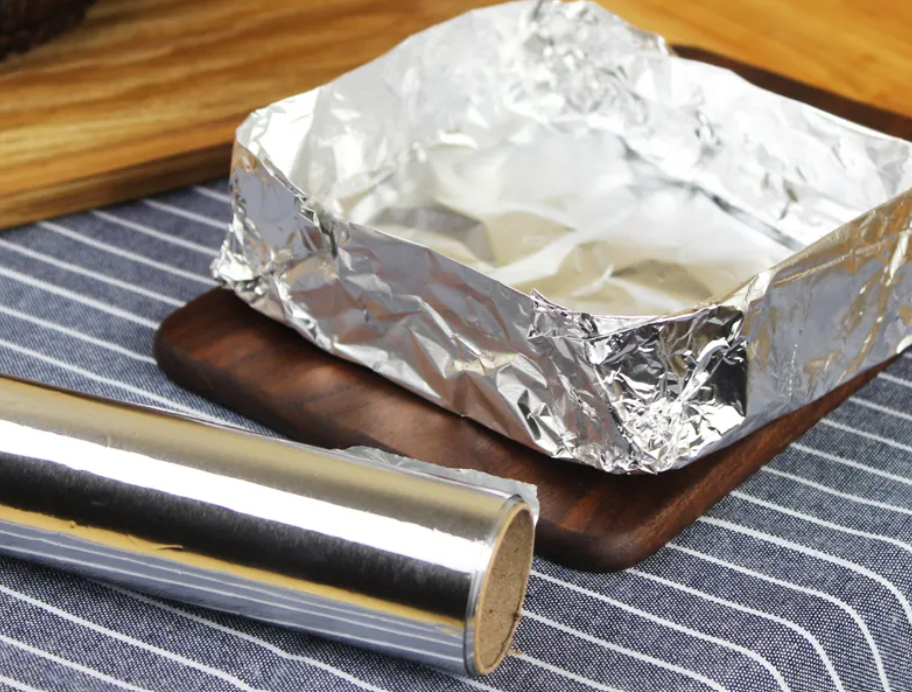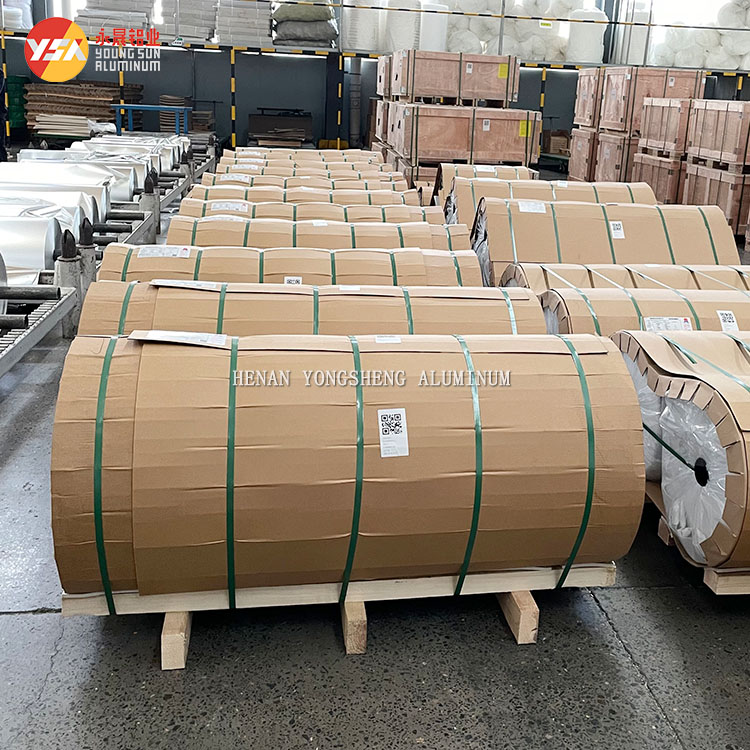Food-grade aluminum foil plays a crucial role in modern kitchens, being used for cooking, baking, and food storage. It effectively maintains the freshness and flavor of food. Choosing high-quality food-grade aluminum foil is essential to ensure safety, durability, and environmental friendliness. Here are some key points to consider when selecting food-grade aluminum foil.
Verify Food-Grade Certification
When choosing food-grade aluminum foil, the first step is to confirm its certification. Food-grade aluminum foil should meet national or international food safety standards, such as FDA (U.S. Food and Drug Administration) certification or LFGB (German Food and Commodities Act) certification. Certification marks are usually printed on the packaging, ensuring that the foil will not release harmful substances during use.

Check Material Composition
Food-grade aluminum foil should be made of pure aluminum, avoiding the use of recycled aluminum or other metals. Pure aluminum foil is non-toxic, odorless, and unlikely to react chemically with food, ensuring food safety. Check the ingredients listed on the product packaging to ensure it is made of 100% pure aluminum.
Choose the Appropriate Thickness
The thickness of aluminum foil determines its durability and applicability. Common food-grade aluminum foil thickness ranges from 10 to 20 microns. Thicker aluminum foil is more suitable for baking, grilling, and other high-temperature environments, offering better heat resistance and strength. Thinner aluminum foil is ideal for wrapping and storing food. Choose the appropriate thickness based on your specific needs to ensure it meets daily usage requirements.
Consider the Width and Length of the Foil
Different brands offer aluminum foil in varying widths and lengths. Choose the size based on your needs. For household use, the common width is around 30 centimeters, with lengths ranging from 10 to 50 meters. Select the width and length based on usage frequency and purpose to avoid waste or frequent replacement.
Evaluate Heat Resistance
Food-grade aluminum foil needs to have good heat resistance, capable of withstanding high-temperature cooking without deforming or releasing harmful substances. Check the product description for the temperature range it can withstand, ensuring it is suitable for ovens, grills, and other high-temperature environments.
Inspect Packaging and Sealing
High-quality food-grade aluminum foil usually comes with good packaging and sealing to avoid contamination during storage and transportation. Ensure the packaging is intact and the aluminum foil surface is smooth and free from visible scratches or damage.

Consider Environmental Friendliness
Modern consumers are increasingly concerned about environmental issues. When selecting food-grade aluminum foil, consider its environmental performance. High-quality aluminum foil should be recyclable, reducing environmental pollution. Look for environmental marks or related descriptions on the product packaging and choose sustainable products.
Brand Reputation
Choosing a well-known brand of food-grade aluminum foil typically guarantees product quality and safety. Reputable brands often have stricter quality control and testing standards, ensuring their products meet food safety requirements. Refer to other consumers’ reviews and recommendations to choose a brand with a good reputation.
Conclusione
When selecting food-grade aluminum foil, consider factors such as food safety certification, material composition, thickness, specifications, heat resistance, packaging sealing, environmental performance, and brand reputation. By carefully choosing, you can ensure that the food-grade aluminum foil you purchase can be safely and effectively used for daily cooking and food storage, protecting your family’s health and dietary safety.


